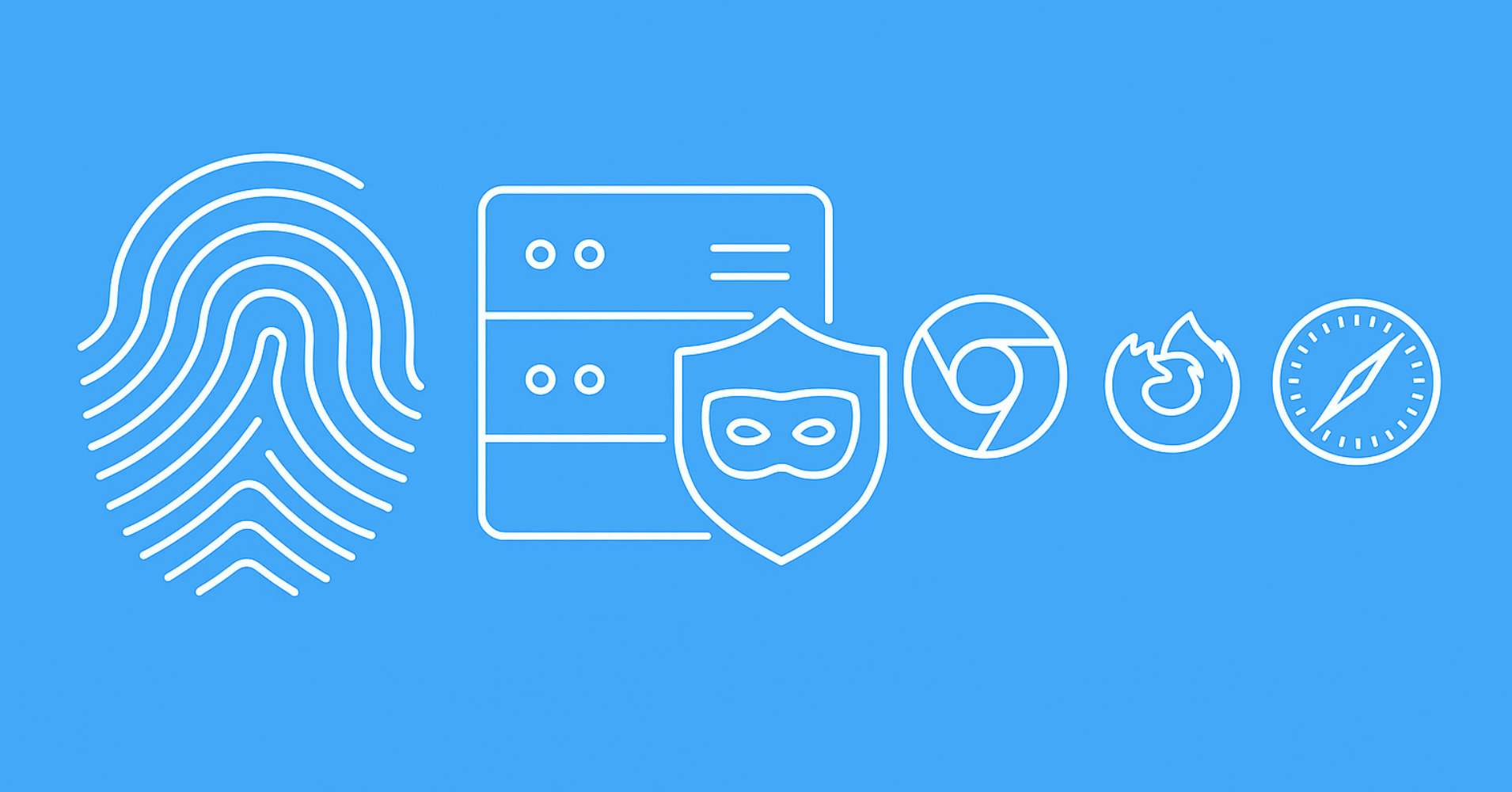Puppeteer is a powerful Node.js library that provides a high-level API to control headless Chrome or Chromium browsers. It is widely used for web scraping, web automation, and testing web applications. Puppeteer allows developers to interact with web pages, take screenshots, generate PDFs, and extract data from websites.
In web scraping, Puppeteer is restricted to Javascript language (NodeJS) and while it can be limiting it's still a very powerful tool.
How to Web Scrape with Puppeteer and NodeJS in 2025
Introduction to using Puppeteer in Nodejs for web scraping dynamic web pages and web apps. Tips and tricks, best practices and example project.

See below for more on Puppeteer in the context of web scraping and data programming 👇




